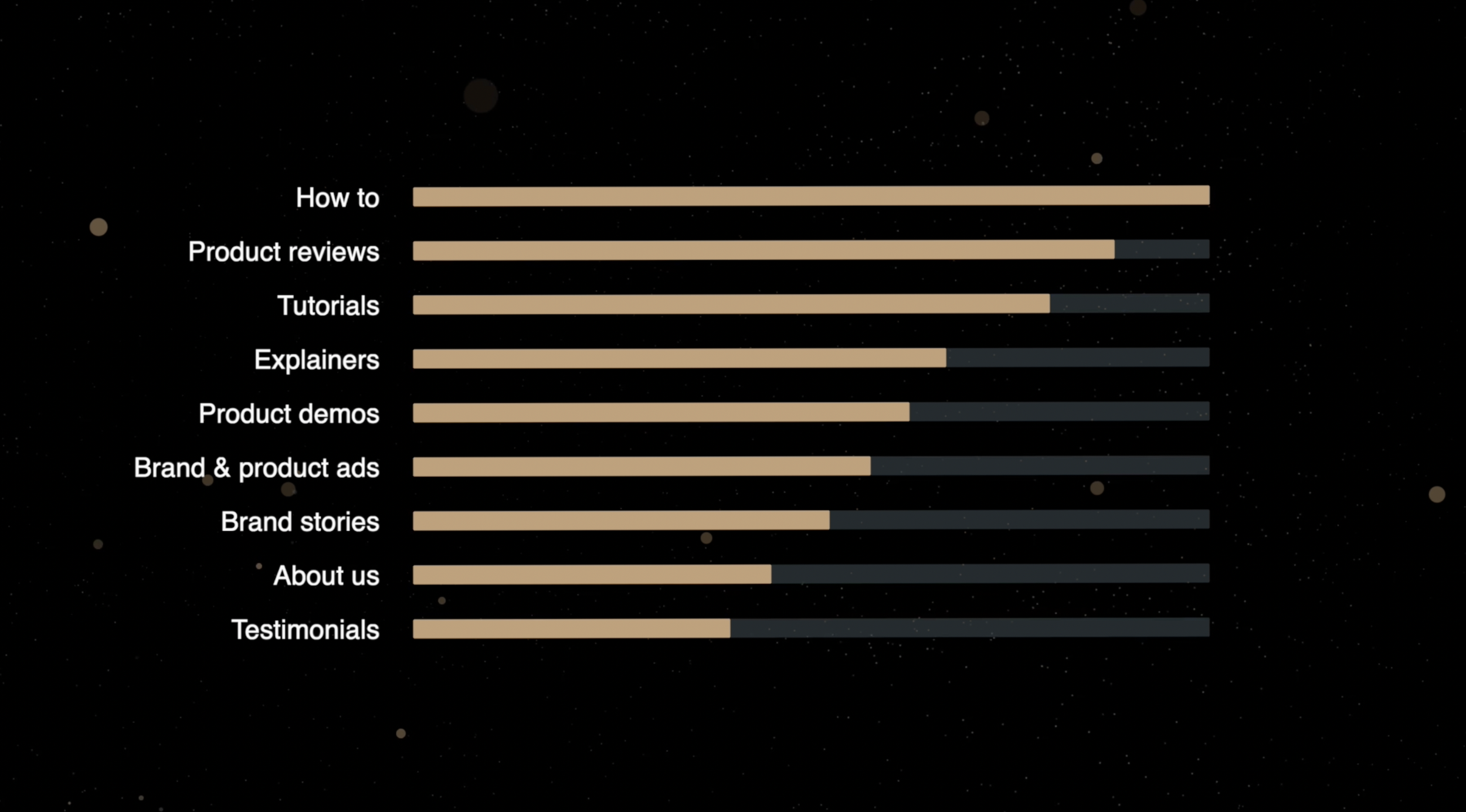In the bustling world of corporate marketing, video content has surged to the forefront as an essential tool for engaging audiences, enhancing brand visibility, and driving conversions. The foundation of any compelling video is its script, a blueprint that guides its creation from concept to completion. For marketing professionals striving to capture their audience's attention, crafting an effective script is a paramount part of the video pre-production stage.
Top Tips for Creating a Video Production Script
The first step is ensuring you have a video production brief that clearly communicates your objectives, once you’ve got that and are ready to move into the pre-production stage, the next step is developing the script. Here are the YourFilm Production team’s top tips to ensure your video production script resonates with viewers and achieves your marketing objectives.
Understand Your Audience
Before putting pen to paper, it's crucial to have a deep understanding of your target audience. Who are they? What are their pain points, preferences, and behaviours? Tailoring your script to address their specific needs, interests, and the language they relate to will make your video more engaging and relevant.
Define Your Core Message
Clarity in your video's core message is key. Determine the single most important takeaway you want your audience to remember. This message should be concise, memorable, and evident throughout your video. Everything in your script, from dialogue to visuals, should support this central theme.
Keep It Concise and Focused
In a world where attention spans are shrinking, brevity is your ally. Aim to convey your message in the shortest time possible without sacrificing clarity or impact. A focused script ensures viewers receive your message before clicking away. An ideal length for most marketing videos is 1-2 minutes, depending on the platform and purpose.
Start Strong
The opening seconds of your video are critical to capturing your audience's attention. Start with a compelling hook; a provocative question, a surprising fact, or a relatable problem to draw viewers in and encourage them to watch the entire video.
Use a Conversational Tone
Even in a corporate setting, a conversational tone can make your video more relatable and engaging. Write as if you're speaking to a friend, using simple, clear language. This approach helps to humanise your brand and makes complex information more accessible.
Show, Don't Tell
A fundamental principle of storytelling, "show, don't tell," is particularly effective in video scripts. Use visuals to illustrate your points and convey emotions, allowing the audience to experience your message rather than just hear about it. Descriptive scenes, actions, and dialogues can make your script more dynamic and impactful.
Incorporate a Call to Action
Every marketing video should have a clear call to action (CTA) that guides viewers on what to do next. Whether it's visiting your website, signing up for a newsletter, or contacting your sales team, make sure your CTA is direct, simple, and easy to follow.
Revise and Refine
Writing a great script is a process of revision and refinement. Share your draft with colleagues and stakeholders, gather feedback, and be willing to make changes. A fresh set of eyes can offer valuable perspectives that enhance your script's effectiveness.
Practise Visual Storytelling
Remember that your script is the blueprint for a visual medium. Incorporate descriptions of visual elements that align with your narrative, such as setting, camera angles, and visual effects, to ensure that the final product aligns with your vision.
Crafting a compelling video production script requires a blend of creativity, strategic thinking, and audience insight. By following these tips, marketing professionals in corporate settings can create scripts that not only capture their audience's attention but also drive meaningful engagement and action. Remember, a powerful script is the cornerstone of any successful video marketing strategy.
YourFilm have video production packages to suit your budget, an experienced video production team and a network of +1,000 film crew across Australia & NZ.
If you would like to see some of our work or find out more about our video production solution to fit your business needs contact the team at YourFilm.



































































